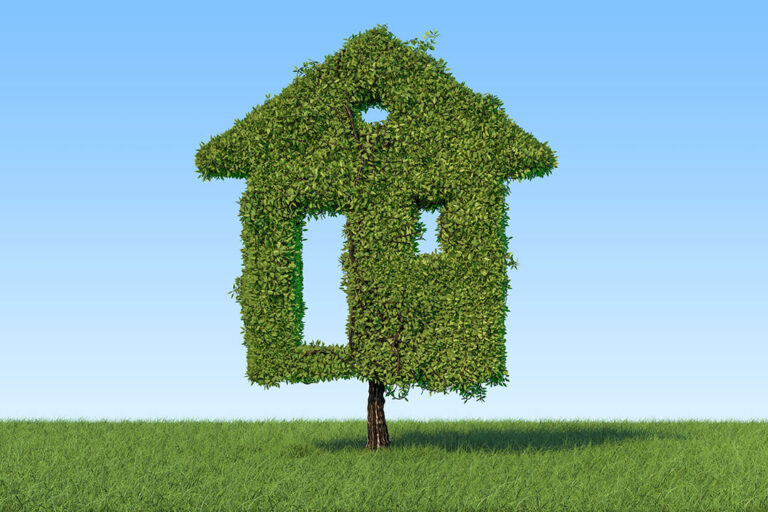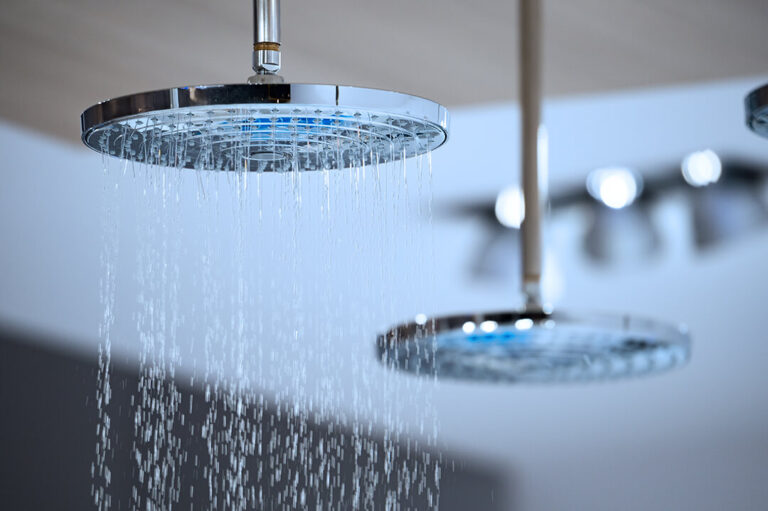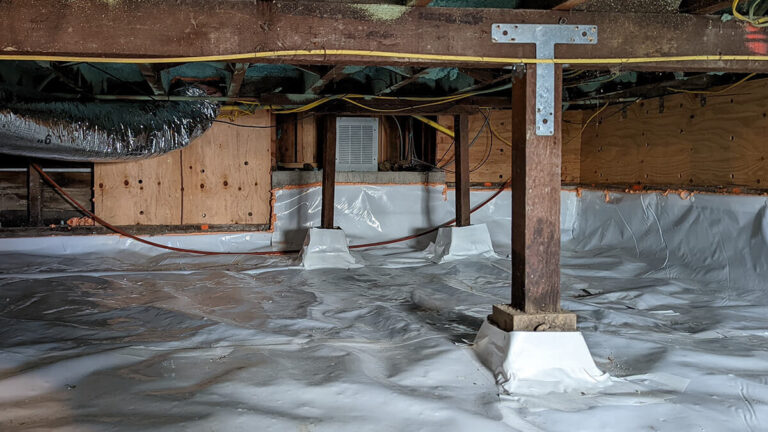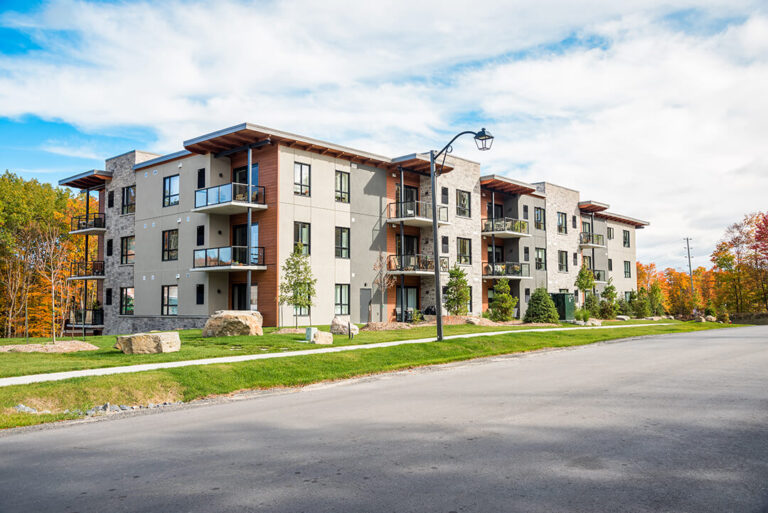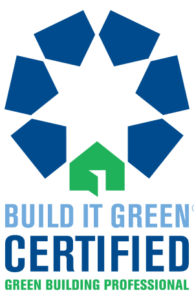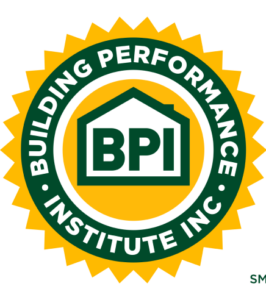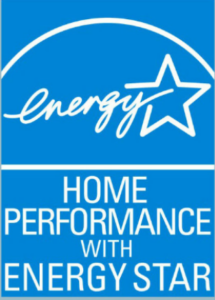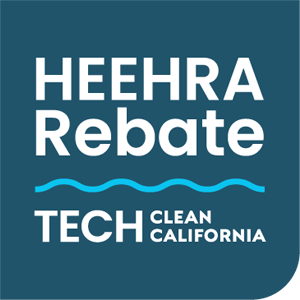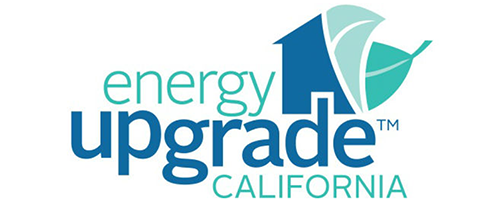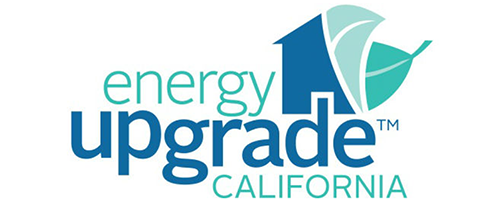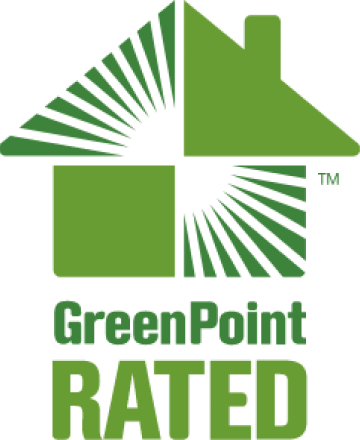Facts about air quality that may surprise you
- In general, indoor air quality is worse than outdoor air quality
- Ambient air pollution is related to 130,000 deaths per year in the United States
- The 7 most polluted cities in the country (based on year-round particle pollution) are all in California! (source)
So, we know there’s a problem. But what can be done about it? In other words:
1) What pollutants are found in a typical home?
2) To what extent can we reduce or eliminate them?
3) How can we do it? Is it financially feasible?
Let’s start by identifying the contaminants.
Particulate Matter (PM)
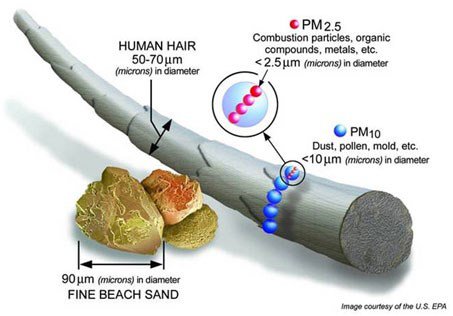 This is a general term for particles that meet certain size thresholds. We use three categories:
This is a general term for particles that meet certain size thresholds. We use three categories:
PM10 (diameter less than 10 micrometers or mm): dust, pollen, mold
PM2.5 (diameter less than 2.5 mm): combustion particles, volatile organic compounds (VOCs)
UFPs (ultra-fine particles, smaller than 0.1 mm): gases, smoke, viruses, formaldehyde, free radicals, etc
First of all, we need to make sure we’re protected from the really scary stuff: carbon monoxide.
Combustion gases
CO, or carbon monoxide, is a byproduct of combustion. It is invisible, odorless, tasteless, toxic at levels above 35 ppm – and lethal in high concentrations. Quite simply, it is essential that all combustion appliances are:
1) Clean burning, such that minimal CO is created.
2) Properly vented, such that none (or very, very little) of this gas remains inside your home.
CO is dealt with differently than other contaminants, since it’s such a direct and immediate threat. If you are concerned about combustion safety in your home, we suggest you schedule an energy audit. For more information, call (925) 363-4498 or e-mail info@epbuilders.com to speak to a technician or schedule an audit.
With that out of the way, we can take a closer look at the other contaminants.
PM10 and PM2.5 – Dust?
Dust can refer to just about anything small enough to go airborne. The goal is to prevent outdoor pollutants from being pulled into the home. For our purposes here, attics and crawl spaces are considered “outdoors,” since they are not conditioned spaces, and are full of nasty dust.
It turns out that we can make a huge difference in the amount of contaminants in a home – by up to a factor of 70! According to a study by Brent Stephens and Don Fugler, a new home with:
1) High HVAC operation – meaning the air handler runs for frequent, extended periods
2) An effective air filter – which requires a tightly sealed duct system (not the case in your average home)
3) Low building leakage – i.e. thorough air sealing of the building envelope
Can contain up to 70 times less exposure to harmful outdoor particle pollutants than an old, leaky home.
So the question is, can we take an old home and bring it up to this level?
Air Sealing
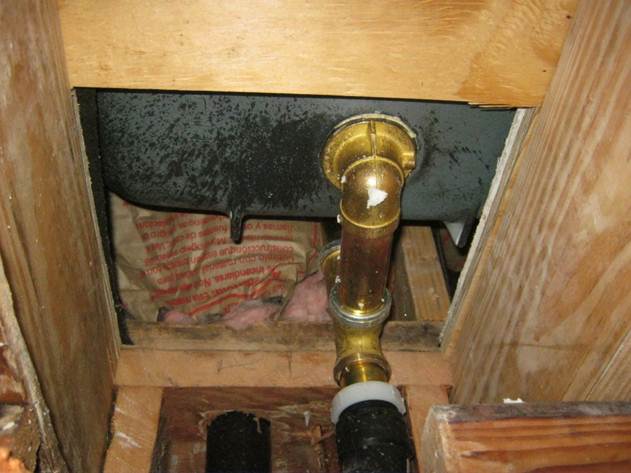
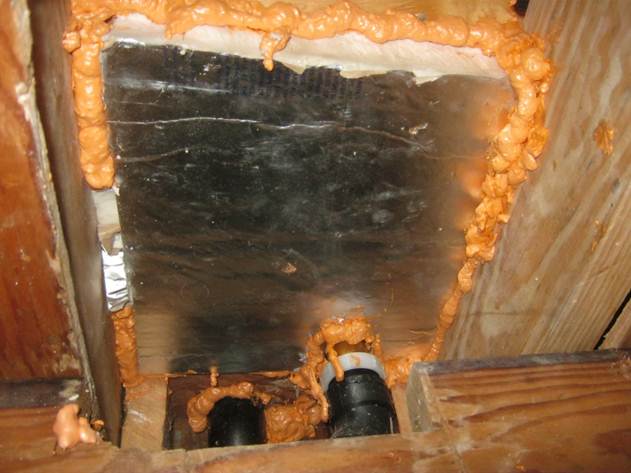
In short, the best way to reduce contaminants is to reduce infiltration and to use continuous filtered ventilation. The first step is reducing building leakage via air sealing (see photos). This is also a very effective efficiency upgrade (read more here). Basically, the idea is to air seal all top plates, gaps and penetrations, and bring the building leakage down to 0.35 ACH (air changes per hour), or simply as low as possible. If you are able to get it below 0.35 ACH, mechanical ventilation is recommended (see HRVs below).
Heating/Cooling systems are not designed for ventilation
The second step is trickier. Forced air heating/cooling systems are not meant to run continuously just for ventilation purposes. Even with the furnace/AC off, the fan can use a lot of electricity – especially in larger systems with high static pressure. Simply running your air handler 24/7 by itself can cost $100/month or more.
Also, these systems don’t bring in fresh air from outside. They simply circulate the air already in the house.
Finally, and maybe most importantly, most existing duct systems are very leaky. When your ducts are leaking, it is likely that the supply ducts are pulling in contaminated air after the filter. This undermines the benefit of your air filter – not to mention it’s a big efficiency loss.
The Solution for Air Quality: HRV (Heat-Recovery Ventilation)
 HRV systems are quickly growing in popularity – and may even be a requirement for new, tight homes in the future. HRVs provide a way to bring fresh, filtered air into the house with minimal efficiency loss. They achieve this by transferring some of the energy from the exhaust to the intake via a heat exchanger, without actually mixing the air.
HRV systems are quickly growing in popularity – and may even be a requirement for new, tight homes in the future. HRVs provide a way to bring fresh, filtered air into the house with minimal efficiency loss. They achieve this by transferring some of the energy from the exhaust to the intake via a heat exchanger, without actually mixing the air.
An HRV system can run continuously at minimal cost, even if you are heating or cooling the house – making it the best long-term answer to the continuous filtered ventilation requirement mentioned above. Currently it is the best technology available for improving indoor air quality.
Beware the Standard HVAC!
Like any forced air system, the performance of an HRV is entirely dependent on the quality of the design and installation. It should have dedicated ventilation duct work designed using ACCA Manual J guidelines, with a static pressure under 0.3″ water column. The ducts should be sealed with mastic and should never exceed 2% leakage. All of this should be standard, but sadly, most HVAC contractors will not come anywhere close. Make sure you know who you’re hiring, and make sure they test duct leakage and static pressure at the end of the project, and show you the results.
The M-Word
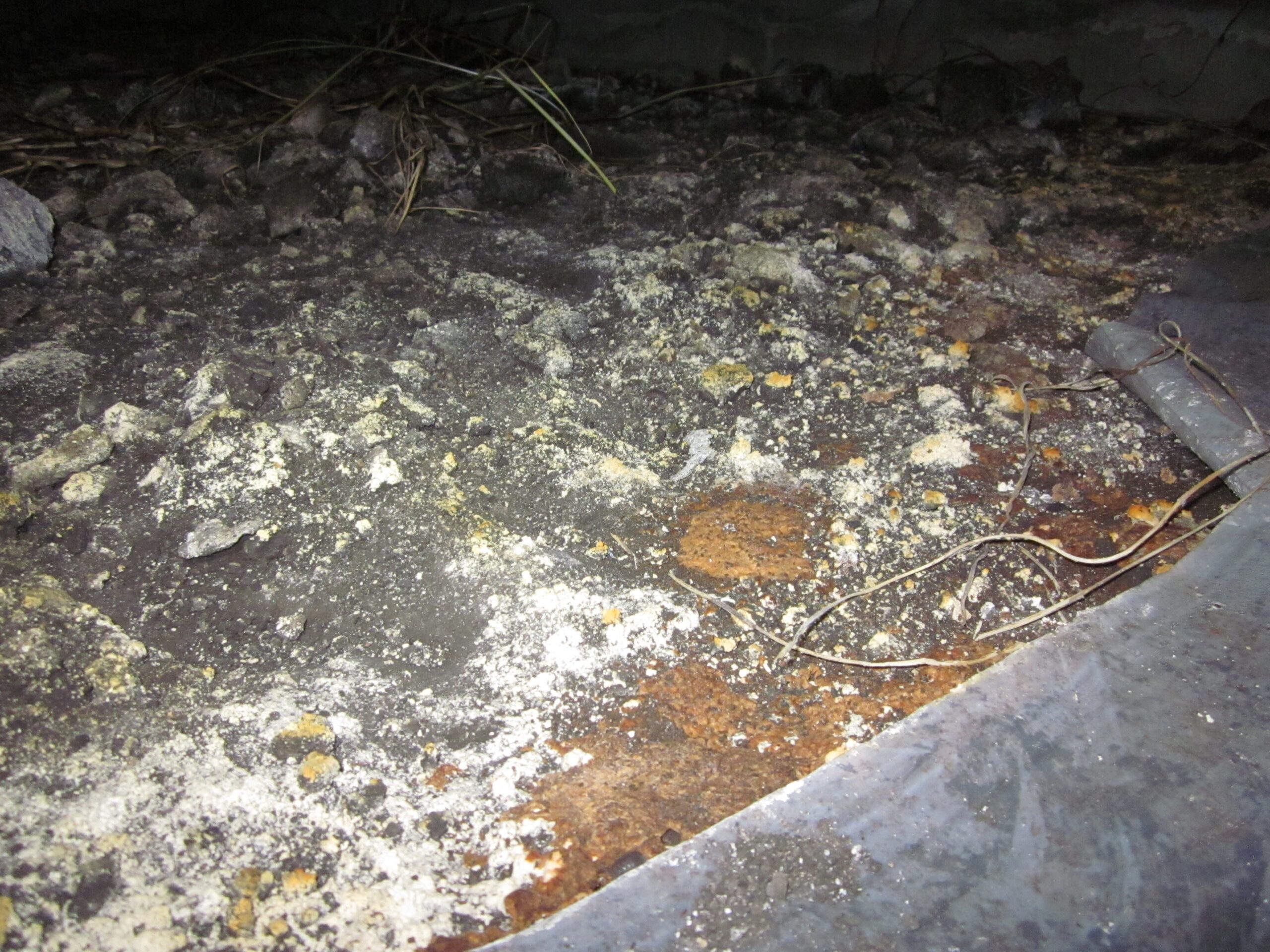
No one likes to talk about mold. But it is an air quality concern. If you have high moisture in your crawl space, you may want to consider a crawl space vapor barrier and encapsulation. This not only reduces the humidity rising into and through the floor, but can be a performance/comfort upgrade for the home, especially if there are ducts in the crawl.
Note that significant amounts of standing water cannot be prevented by a vapor barrier alone. In these cases, sump pumps or french drain systems are recommended.
For more information, call (925) 363-4498 or e-mail info@epbuilders.com to speak to a technician, or schedule an energy audit.



